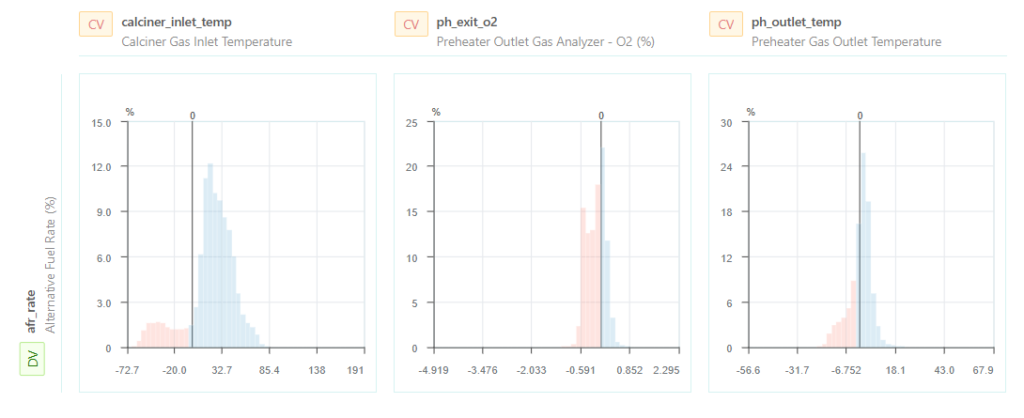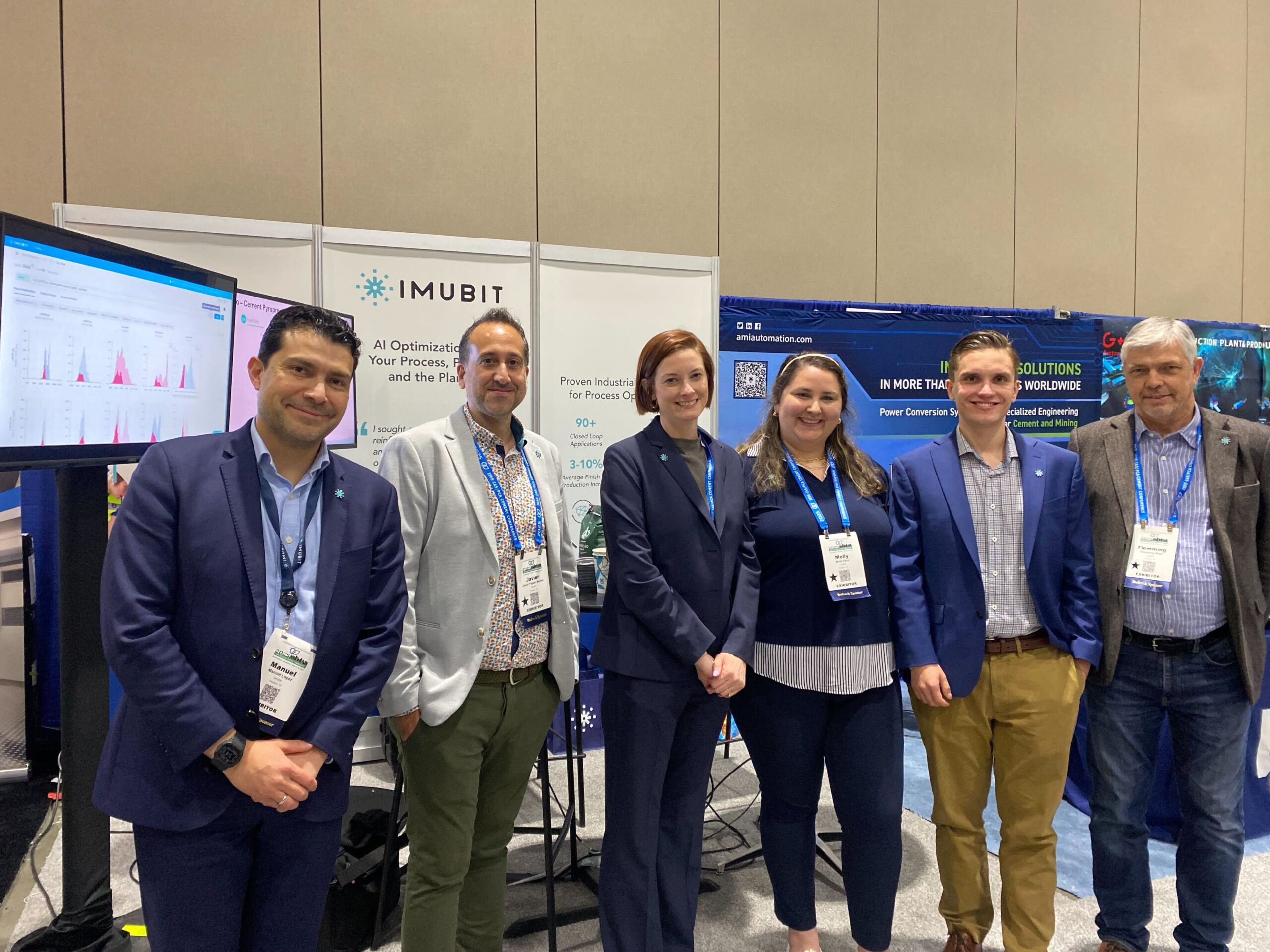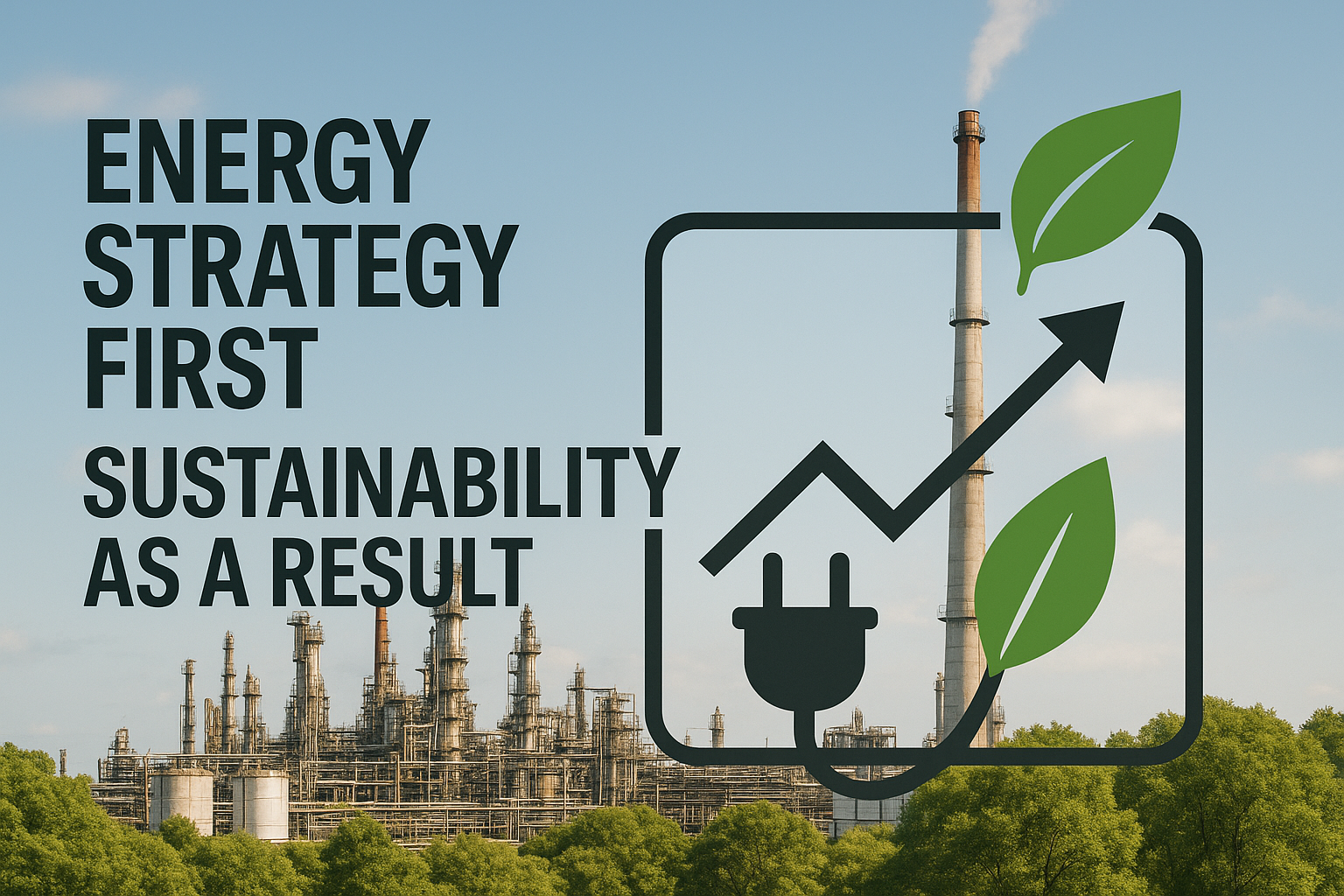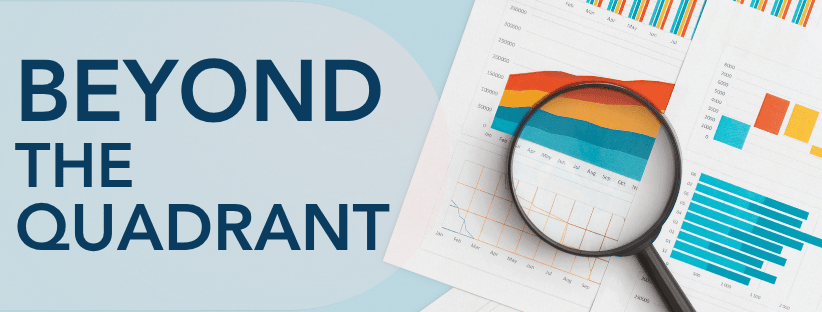From Acronyms to Action at IEEE-IAS/PCA Cement Conference 2025
By Molly Pace, Cement Economics & Implementation Engineer at Imubit
If there’s one thing the Cement Industry doesn’t lack, it’s acronyms and challenges. Each year, the IEEE-PCA (now ACA) Cement Conference highlights the latest technological innovations while also surfacing persistent industry frustrations. This year’s event was no exception, there were three abbreviations that dominated hallway conversations at this year’s IEEE‑IAS/PCA (now ACA) Cement Industry Conference. With more than 1,200 delegates and 450 companies on‑site, the gathering showcased an industry eager to modernize, yet honest about the practical obstacles that still stand between ambition and execution.
From Artificial Intelligence (AI) to Alternative Fuels (AFR), and the ongoing shift to Portland Limestone Cement (1L), the conference floor buzzed with new tools, strategies, and solutions. But alongside came a familiar undertone of operational struggle. Despite the abundance of cutting-edge displays, many attendees voiced continued frustration with the pace of progress in plant modernization and the road toward 1L adoption across North America.
Here are the key takeaways:
The Road to Net Zero is a Complex Network of Parallel Paths
The cement industry has a lofty goal of net zero by 2050 which is no easy feat. The sector’s commitment to carbon neutrality framed nearly every session. Producers recognize that incremental tweaks will not close the emissions gap quickly enough. Speakers argued for integrated programmes that link kiln upgrades, alternative fuels, and data‑driven optimization into one investment narrative that finance teams can support.
AFR Will Help, Once We Acknowledge and Accept the Realities
Alternative fuel and raw material (AFR) adoption is advancing in the cement industry, but plant managers outlined a familiar set of internal and external hurdles:
- Current equipment constraints and CAPEX allocation for feeding-system retrofits
- Competition with landfills, which offer the cheaper disposal route without incentives
- Ever evolving legislation that varies by state, province, or country
- Variable feedstock quality and concerns about long-term fuel availability
- Process control complexity that threatens product consistency
- Consensus amongst event attendees was that solving these hurdles will involve blending a mix of technology solutions with cross-functional governance.
Companies will need to align teams around a single shared view of emissions and economics that links procurement, environmental, and site operations.
Portland Limestone Cement (1L): Logistics Over Chemistry
The transition toward Portland Limestone Cement (PLC or 1L) continues to gain momentum, having proven a >10 % carbon‑intensity reduction. Technical debates about strength development are waning, but they’ve opened the floor for discussion on the next hurdle: logistics. Fine limestone sourcing, silo space, and market acceptance are challenges all producers are facing. Speakers advocated for coordinated rollouts that synchronize production, distribution, and specification updates.
AI Has Evolved: From Predictive Maintenance to Closed Loop Optimization
Artificial intelligence is more than just a buzzword, it’s already hard at work in cement plants through predictive maintenance systems. These AI-driven tools analyze sensor data, equipment performance trends, and historical failure patterns to forecast when parts will need replacing and where costly breakdowns might occur. This proactive approach has become essential for improving plant availability, reducing downtime, and optimizing maintenance budgets.
But what if there was a way to shift the focus from simply understanding when things will fail to truly understanding all interactions of variables in your specific process? Once you understand all of these complex, dynamic, and nonlinear variable relationships, the realm of possibility for how you can leverage your data broadens.
Culture, Capital, and Continuity Remain Key Organizational Challenges
Presenters returned to a recurring theme: the cement industry’s challenges are as much organizational as technological. Winning budget for decarbonization requires a narrative that aligns cost savings with sustainability benefits, while talent pipelines must cultivate “translator” roles that bridge process engineering and data science. In a sector where kiln uptime is paramount, change initiatives succeed only when they enhance—rather than disrupt—stable production.
An Action Plan Powered by Technology, Process, and Your People
The road to 2050 will be achievable with the right discipline and investments in smarter fuels, smarter data, and smarter collaboration.
Imubit’s approach to Closed Loop AI Optimization (AIO) starts with the real plant data—from all operating modes, all feedstocks, all AFR substitutions. It pushes towards your defined objectives, whether you’re looking at margin or emissions. And it brings members from historically siloed teams together around a single model of plant reality.
Imubit’s Optimizing Brain™ Platform reveals what operators are unable to see. The chart below highlights how our models can detect and learn complex, nonlinear relationships between variables, for example calciner inlet temperature and alternative fuel rate. It can recognize subtle shifts in operational data that would otherwise go unnoticed or unmeasurable.

Figure 1. Imubit gain histograms highlight nonlinear process variable relationships indicating a flip from a negative gain (red) to a positive gain (blue).
This is particularly valuable in the context of AFR, where the interplay of combustion and material variability is difficult to quantify. By training on plant data, our models don’t replicate what we already know, it uncovers what we don’t.
When you’re ready to see how AI can be leveraged to help push your unit to the highest economic state while balancing your 2050 emissions objectives, our team is ready to engage with your complimentary AIO Assessment.




